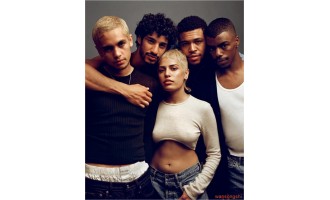Fashion Life Lab Apparel New Products September 2, 2022 fall and winter, the United States denim brand Lee give traditional denim new creative ideas to create a new fall and winter products. Different denim era, avant-garde and retro constantly intertwined, no matter how the trend changes, denim always across the era and type. lee once again create denim innovative gesture, will focus on 101 + and workwear products design and process, to the brand's outstanding tradition.
The new season's campaign takes us on a journey through time, recreating the bustling streets of New York City: vintage cars, phone booths and gas stations, all of which are fond memories of those years. The vintage and nostalgic colors highlight each Lee product and bring the dreamy scene to life.
The legendary workwear
Back in 1912, H.D. Lee found that the quality of the garments provided to the workers by his suppliers did not meet his requirements, so he decided to create a high-quality and durable Jelt Denim Bib Overalls pants himself, which was unexpectedly launched and became a huge hit. The appeal of workwear has always been a constant with trends, and for Fall/Winter '22, Lee is once again focusing on comfort and durability with an innovative trend, leading the comeback of Bib Overall backpacks and one-piece workwear suits. This replica version pays homage to the classic design while subtly incorporating a modern aesthetic. Many design details include nostalgic product labels, as well as fabric labels such as Lee Jelt Denim 91-J and Lady Lee Westerner. These labels tell the story behind the 91SB Bib Overall suspenders, the 91 J Loco Jacket, the Carpenter work pants and the "Frontier Lady" workwear for women. While replicating the classics, this season's products also use a new fashion concept to develop more innovative workwear designs that appeal to a younger perspective, with the intention of evoking the glory days of Lee workwear while also conveying Lee's centuries-old brand philosophy of continuous advancement and innovation to the public.
The jacket worn by spokesperson Pang Yuyan is the legendary 91 J Loco Jacket, which was designed by Lee for railroad workers in the early 1920's. This season, the navy blue fabric is paired with the same color work pants for a striking and stylish look. This season, the 91 J Loco Jacket is in navy blue with work pants in the same color for an eye-catching and stylish look. For girls, a camisole top and the same workwear bottoms are paired with a strappy suit for a cool and cute look.
101+ series adds another artisan craft
As one of the brand's most classic collections, 101+ fully demonstrates the brand's exquisite denim craftsmanship that has been passed down for over a century. In addition to the sophisticated washing techniques, the new season also features a number of reinterpreted denim techniques, including Shibori Japanese dyeing and Sashiko Japanese embroidery, as well as the bohemian, colorful crochet technique of the 1970s.
Washing techniques passed down for centuries
Lee's artisans have a wealth of experience in making jeans that look like they've been "old cow" for 3, 5, 8 and 10 years. This season's 101+ collection is all made of 13-ounce heavyweight denim with authentic washing techniques, bringing out a natural blue hue rich in tatteredness, with a quality cut and a comfortable fit. Choose your favorite year and Lee helps you become a master cattle raiser with ease.
Shibori Japanese strand dyeing process
Shibori Japanese for "stranded", meaning twisted or squeezed, is a traditional Japanese strand-dyeing process. This technique has a long history in Japan and is a very ancient art of indigo tie-dyeing, with subtle similarities to Lee's tannin process. This season's Lee Shibori jeans are available in dark blue with stained white circles, and topped with a chic sweatshirt in dark gray and mustard yellow, and both sleeves are dyed in bright colors to create eye-catching patterns that reveal their unique character.
Sashiko Japanese embroidery technique
Sashiko is a traditional Japanese folk embroidery technique that uses stitches the size of a grain of rice to create different geometric patterns. In ancient times, when there was a shortage of supplies, Sashiko embroidery was used to patch up old cloth and continue to wear it. This embroidery technique has a common origin with Lee's workwear, which is to make the garments more durable.
Crochet Crochet Technique
Lee's crochet patterns on denim are a surprising match for the warmth and intimacy of the garment, and Lee's delicate crochet work creates a colorful pattern that brings out the youthfulness of the garment, creating an irresistible piece.
The new Fall/Winter 2022 collection shows more infinite possibilities of denim products. For over a hundred years, Lee has been passing down the classics and constantly innovating to create more legends and meet the different fashion needs of consumers.
Lee - A denim legend since 1889
Lee has been the world's premier denim brand for quality, innovation and craftsmanship, and was founded in 1889 by H.D. Lee Mercantile Company in Kansas, U.S.A. Lee invented the world's first pair of jeans with a zipper, the 101Z series, and the famous 'Hair-On-Hide' brand in 1926. In 1926 Lee invented the world's first pair of jeans with zippers, the 101Z series, and the famous 'Hair-On-Hide' brand, and the S-shaped back pocket stitching design (Lazy S) pioneered by Lee has become a classic Lee trademark, as has the horse hair brand. From the introduction of the first protective Lee Bib overalls to the classic 101 collection made of 13oz heavyweight denim, Lee has always been innovative; playing a vital role in the evolution of denim design from practical to fashionable, Lee has maintained its tradition while continuing to innovate, firmly establishing itself as a leader in the denim world and connecting with the fashionable younger generation. It is regarded as a classic of denim culture.
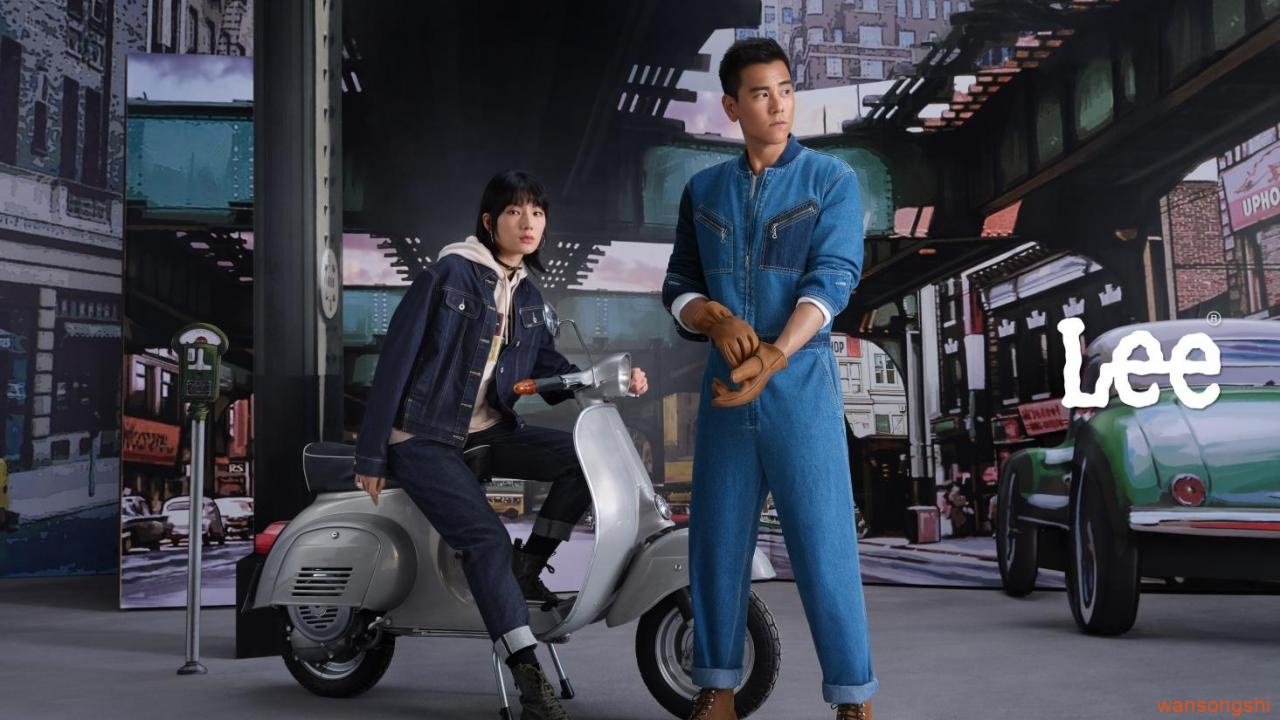
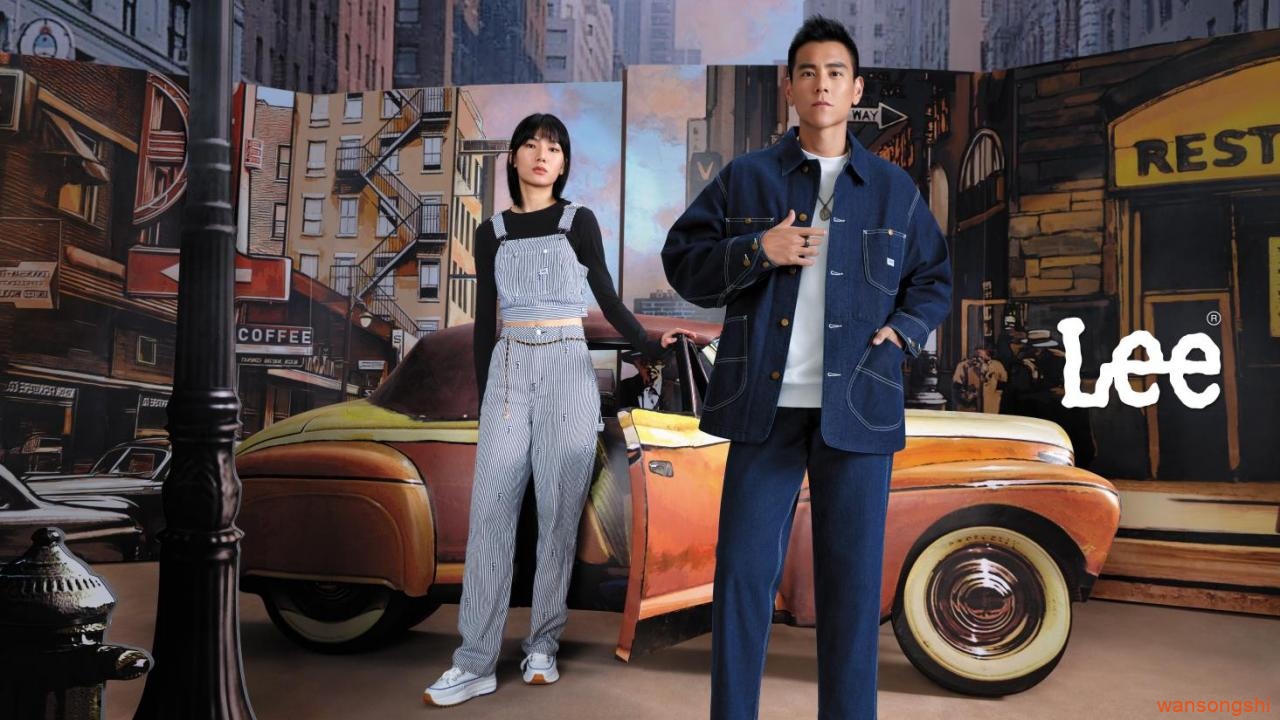
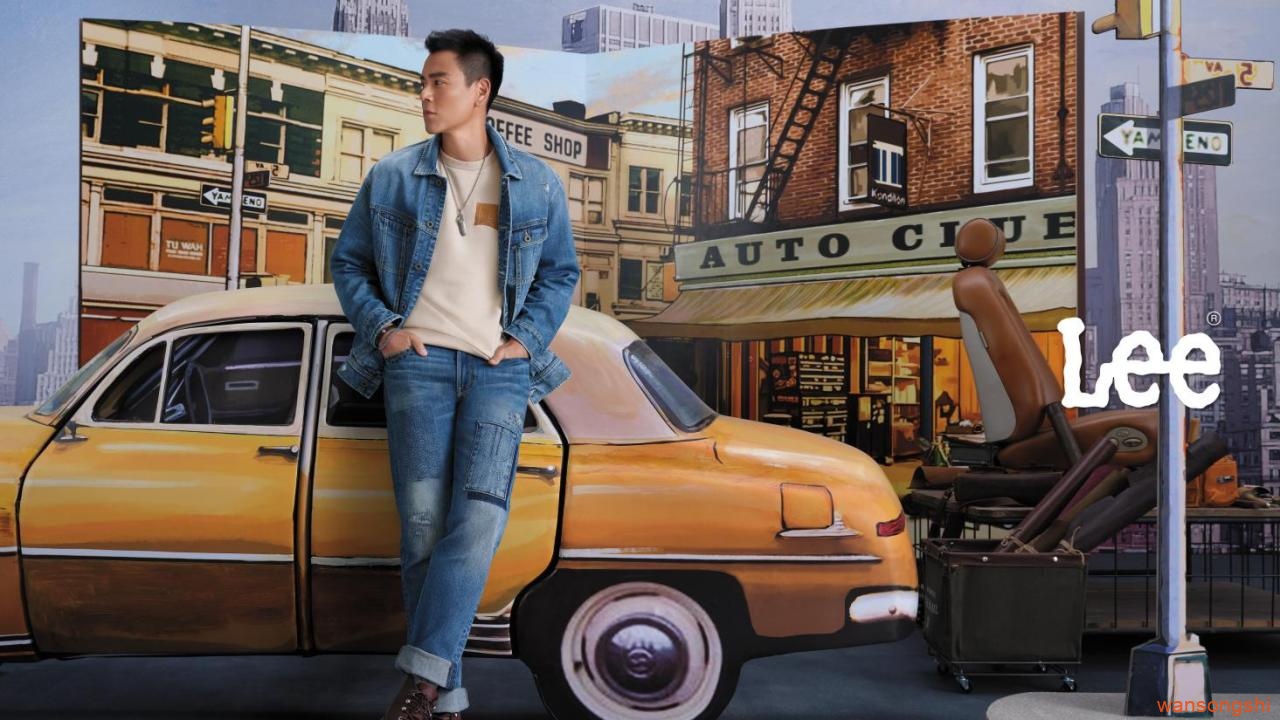
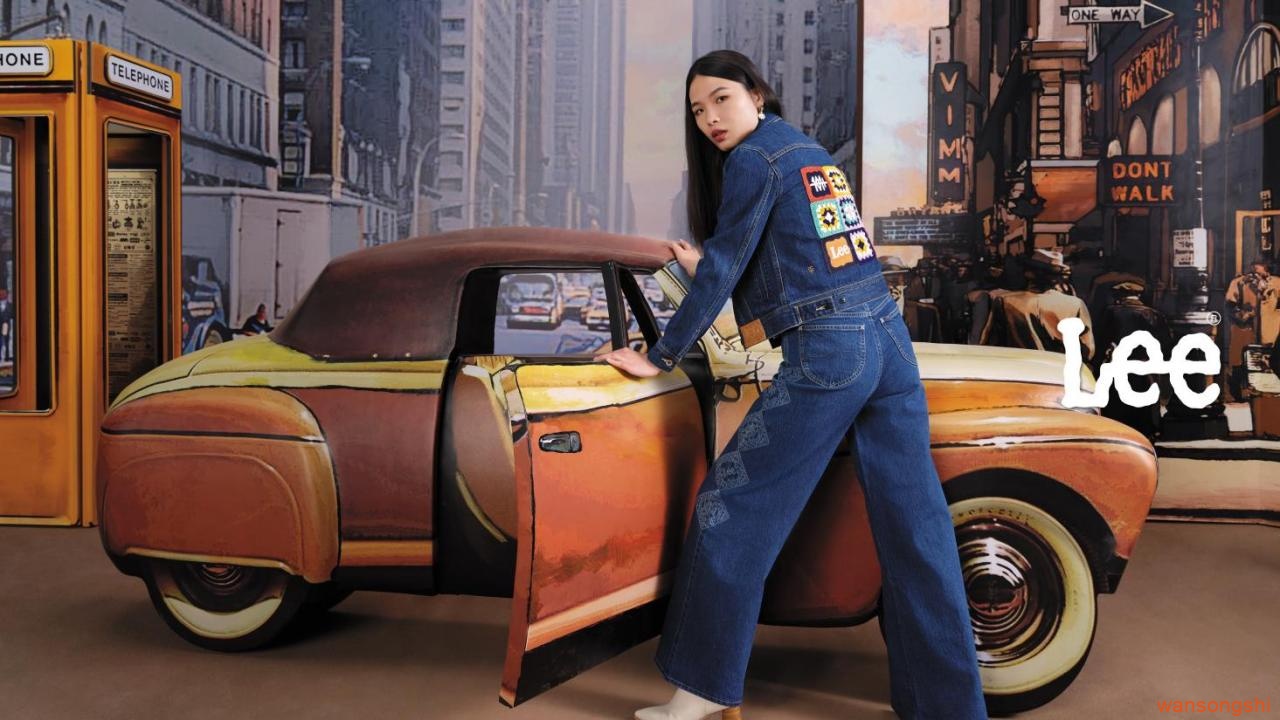


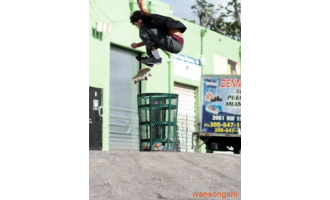
![Penfield China’s New Fall 2022 [Three Rivers] Collection Launched](https://wansongshi.com/wp-content/themes/wpdx/timthumb.php?src=https://wansongshi.com/wp-content/uploads/2022/09/341b9aa52d49ef75cc9c6236a69dd268.jpg&w=330&h=200&zc=2&q=90&ct=1)


